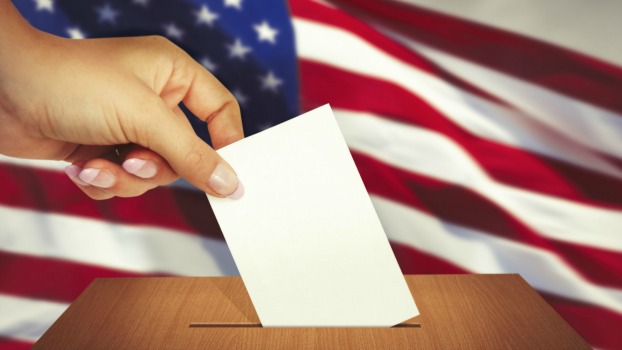
Some teachers are very comfortable teaching about voting and elections in their classrooms, and some are not. Some teachers let children “vote” for president in their class – others do not. The way you approach teaching about voting and elections is up to you! Let’s talk about how to introduce voting – and the concept of voting – in simpler, easier ways for children to understand!
If you ask a young child to vote for president, they will simply answer with what they have heard discussed within their family. Children are far too young to understand the complex issues that factor into voting in real elections. Teachers don’t need to get into specifics about voting for government positions, but we do need to ensure that if we want children to understand the voting process, we need to teach it on their level, with topics that they can truly understand! Here are a few ways to teach about voting and elections in the classroom that would work for face-to-face or virtual instruction.
1. Let Kids Vote on Things They Understand
Children understand things like what they like to eat, where they want to go, and what they want to play with, so start there! Here are some simple, easy-to-understand topics that you may want to have your class vote on:
- Which equipment to take out to recess
- Which games they will play on Fun Friday
- Rewards like Pajama Day or Stuffed Animal Day
2. Have Children Vote Often
Voting can happen weekly or monthly in your classroom, depending on what is going on. If we get children voting and voting often, they will see how voting results can vary. Something they may have thought was a sure thing, doesn’t always turn out that way in an election! They will learn that sometimes they voted with the majority, and sometimes the minority. This will help them adjust to winning and losing.
3. Let Kids Hold Debates
Speaking and listening is very hard for some children. Talking in front of others can be unnerving for some, but it’s great practice for real-life situations. Other children may also have a hard time truly listening and focusing. Holding debates can teach children how to respectfully disagree and to see others’ points of view.
4. Set Up a Voting Station in Your Classroom or Virtually
A voting station can consist of one or multiple stations. There are a few things to consider – a private place to vote, a ballot with the choices provided, and a place to securely place their vote when they are finished voting. We have a line of voting products that can help you teach these concepts.
5. Announce the Winner
Children need to grasp the fact that when they vote, their “item” will not always win. When announcing, you may have cheers or jeers. This is the perfect time to teach students how to win and lose graciously!
6. Using Voting and Elections to Boost Math Skills
Voting is the PERFECT time to include some math. There are several different math lessons, on different levels, that can be used alongside voting. Here are a few thoughts:
- How many students are here to vote?
- How many students need to vote for A to win?
- How many more votes did A get than B?
- What percentage of students voted for A?
7. Hold a Run-Off for a Tie!
Children also need to learn that in some cases, there will be tie. This is the perfect opportunity to hold a debate and to see if children are swayed to change their votes!
8. Get Creative with Election Signs
Election signs are part of every election season. This is a great opportunity to have students tap into their creative sides while trying to convince others of why they should or should not vote for something.
The Bottom Line on Voting and Elections in Classrooms
Regardless of political views, teaching children to vote in a simplified way is a great way to introduce voting and elections! When children learn about the many aspects of voting, they will appreciate the complexity of voting in real elections in the future!
8/28/2020
Angela French is the Senior Product Development and Content Manager at Really Good Stuff. She has worked for the company for nearly seven years and has created hundreds of resources for the classroom. She has a Master’s Degree in Early Childhood Education from Old Dominion University in Norfolk, VA. Her classroom experiences include teaching grade levels K–5 and inclusion, special education, literacy intervention, and gifted and talented programs in three different states.